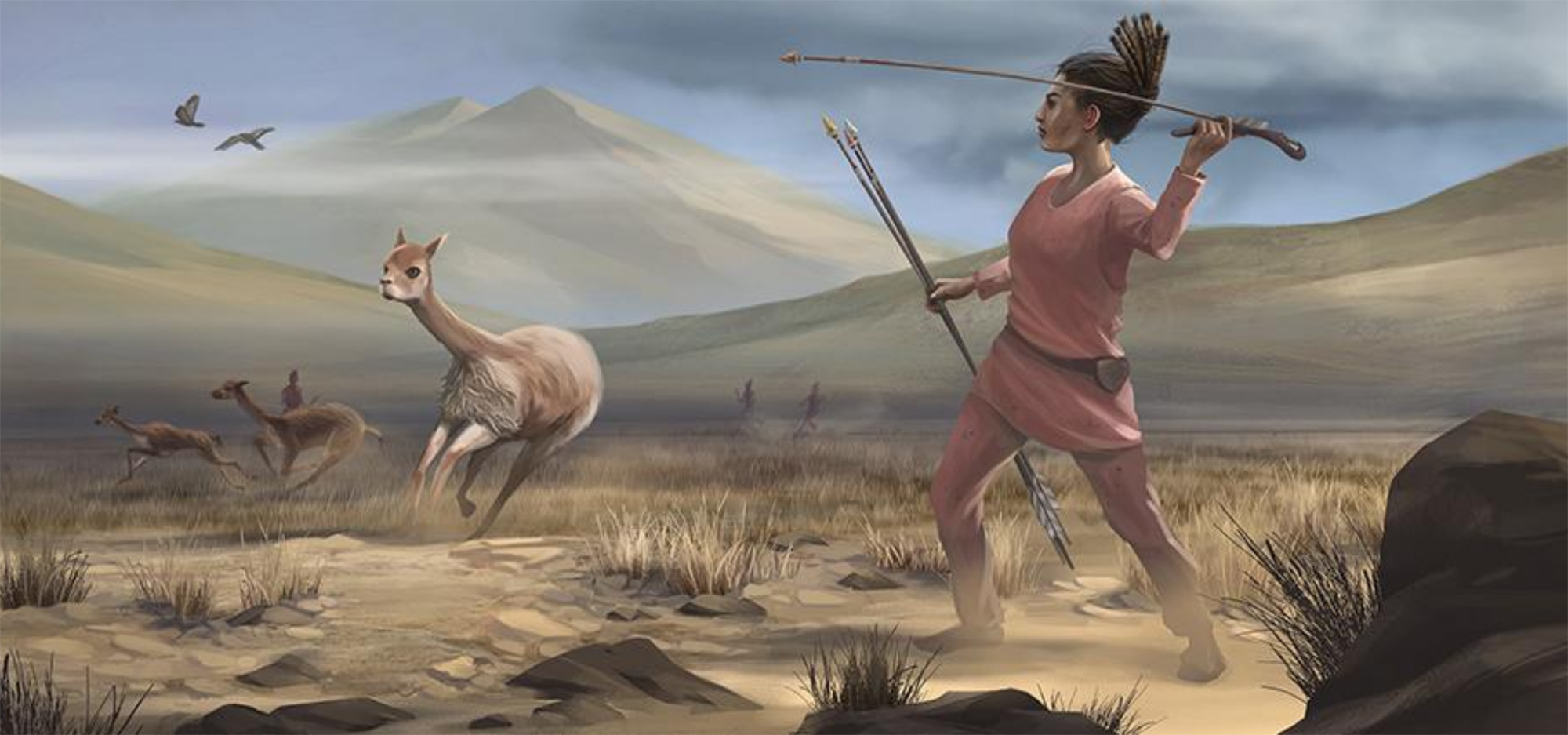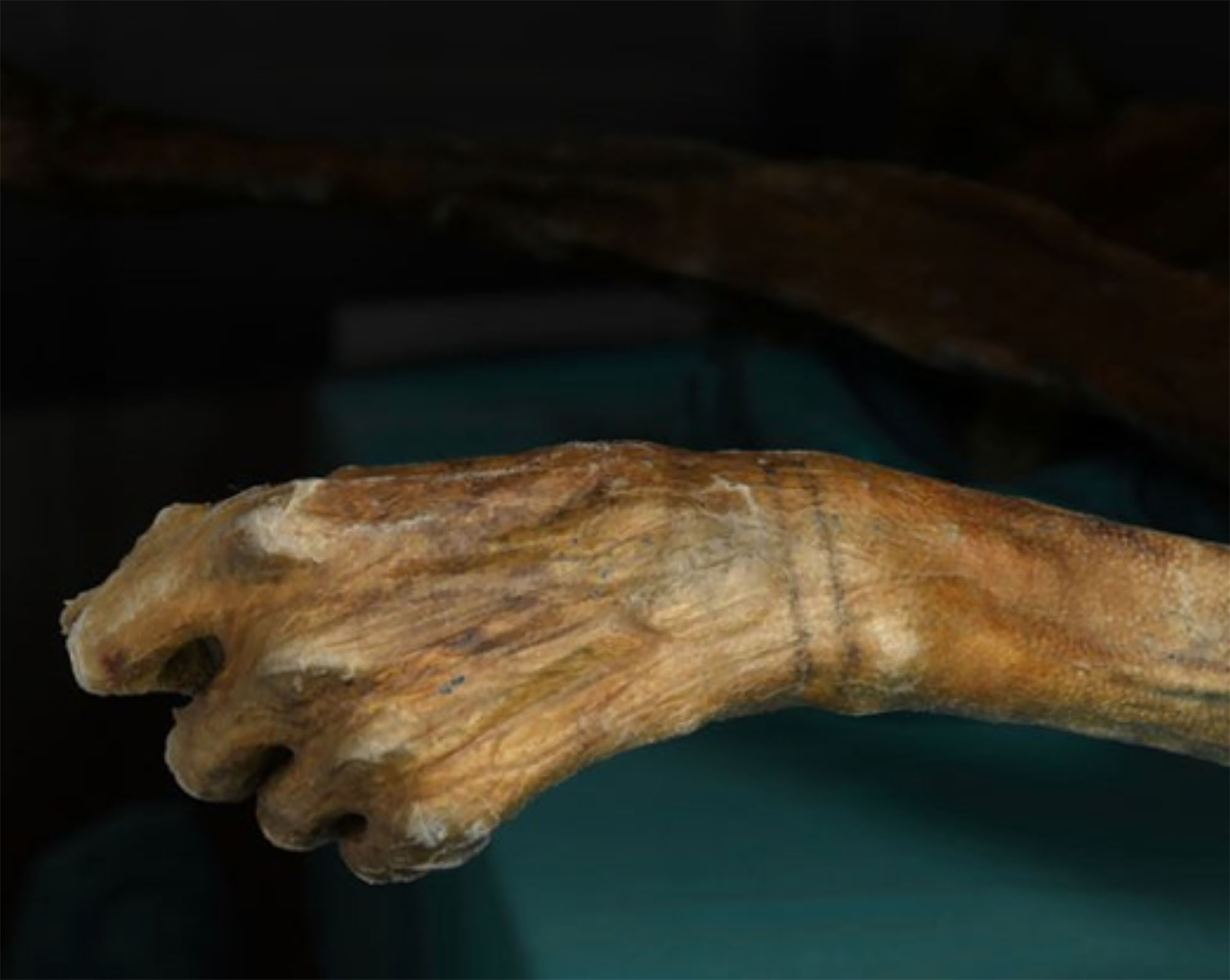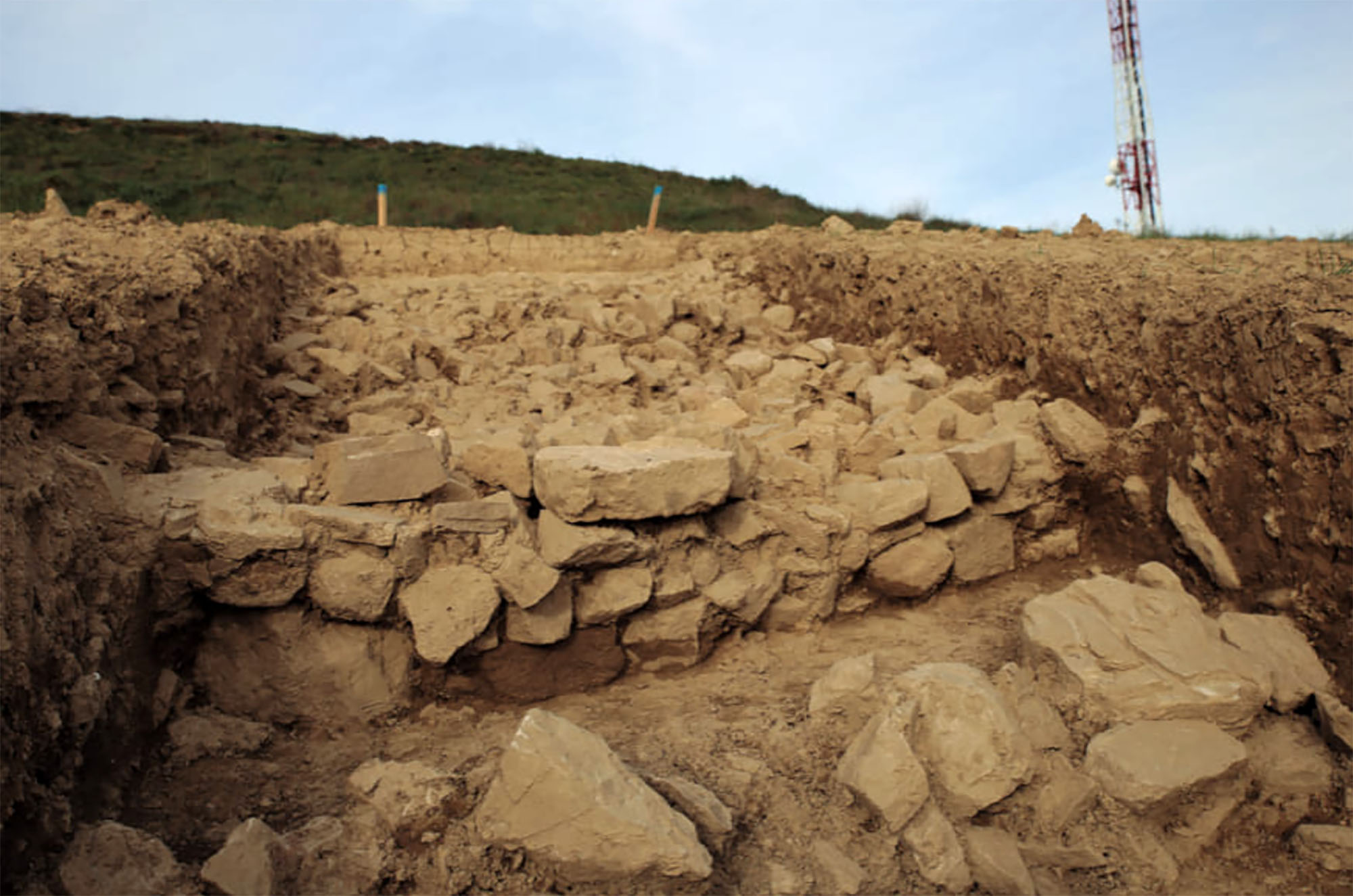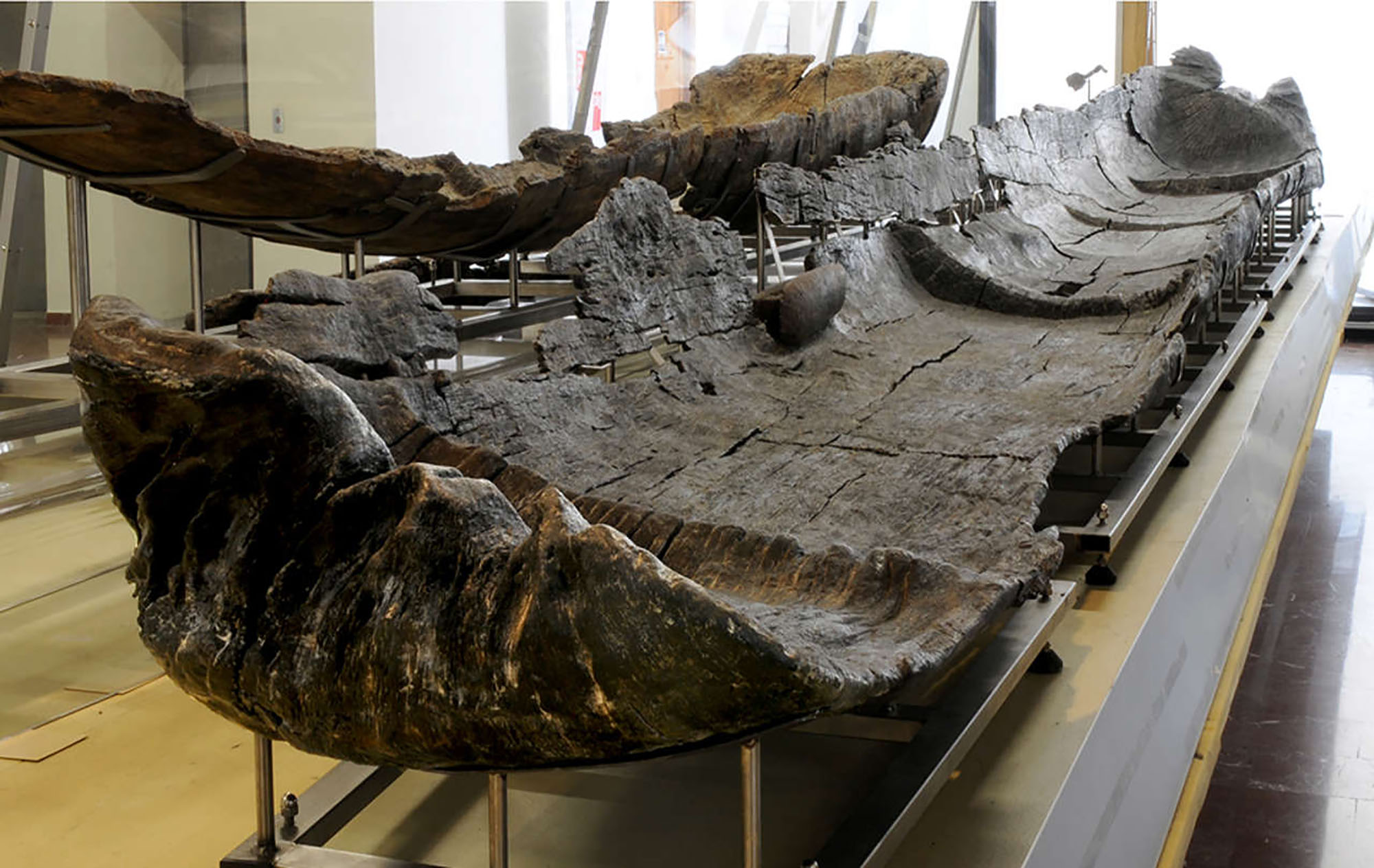Hunters were no exception
- Andean plateau, 9,000 years ago. A young woman is buried with weapons and hunting instruments, so experts conclude she worked as a hunter until her death.

A number of similar cases have appeared in recent years and have been exceptionally reported. However, the team led by biologist Cara Wall-Scheffler of Seattle Pacific has just conducted a general study on women hunters and the conclusion published in Plos One is clear: In prehistoric hunter-gatherer societies, both men and women were hunting.
To this end, 63 communities around the world have been analysed, of which 50 have found evidence that hunting was the work of all: Punan (Malaysia), Wopkaimin (New Guinea), Hiwi (Venezuela), Matses (Amazon), Tsimane (Bolivia)… Therefore, in 80% of the hunting societies there were at least female hunters and in the remaining 20% there were no favourable or adverse tests.
To this end, they have not investigated new sites or clues, but have based themselves on previous studies, but the interpretation has changed. For a long time, it has been considered that in these prehistoric communities, gender roles were very divided by the subjective perspective of current society: men used their force for hunting and women practiced collecting and caring for children.
Research has broken this belief, but that doesn't mean there are no gender differences, no nuances. In Wall-Schleffer’s words, “archaeological footprints indicate that women hunted large prey, taught kinetic practices to new generations and often used more diverse weapons and more developed strategies than men.”
Researchers claim that hunting is only one example, and since prehistoric gender roles have been conditioned and interpreted incorrectly from the current point of view, other aspects have begun to be investigated: female mobility, the ability to bring young children back during any activity… And they ask members of the scientific community to review the data collected so far.
1991n Alpeetan Ötziren gorpua aurkitu zutenetik, egoera oso onean kontserbatutako 5.000 urteko arrastoak ikerketa asko egiteko erabili dituzte. Hasieratik arreta eman zuten azalean zeuzkan 61 tatuajeek. Adituek uste zuten tatuaje horiek azalean ebaki txikiak eginda eta,... [+]
1992. eta 2006. urteen artean, Erromako Bracciano lakuko uretan, Neolito goiztiarreko La Marmotta aztarnategia industu zuten. Berriki, Plos One aldizkarian han aurkitutako bost piraguen inguruko ikerlana argitaratu dute. Ontziak 7.000-7.500 urte inguru dituztela ondorioztatu... [+]
In the Gulf of Mecklenburg, in Baltic waters, archaeologists identified in 2021 a stone structure of almost a kilometre. Now a team of interdisciplinary researchers has published a study on the wall in the journal PNAS.
The structure is about 10,000 years old and has come to... [+]















